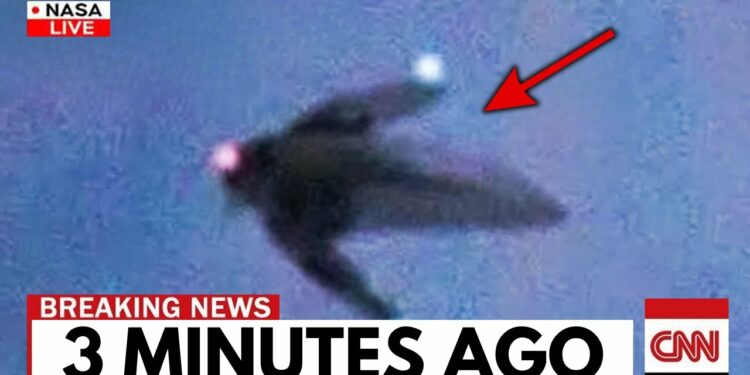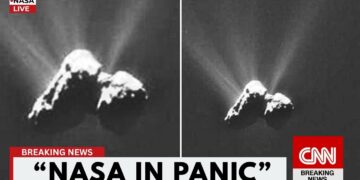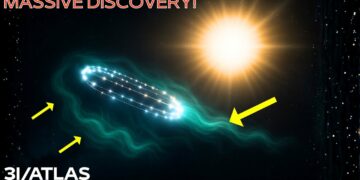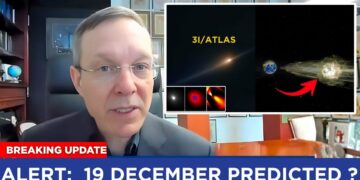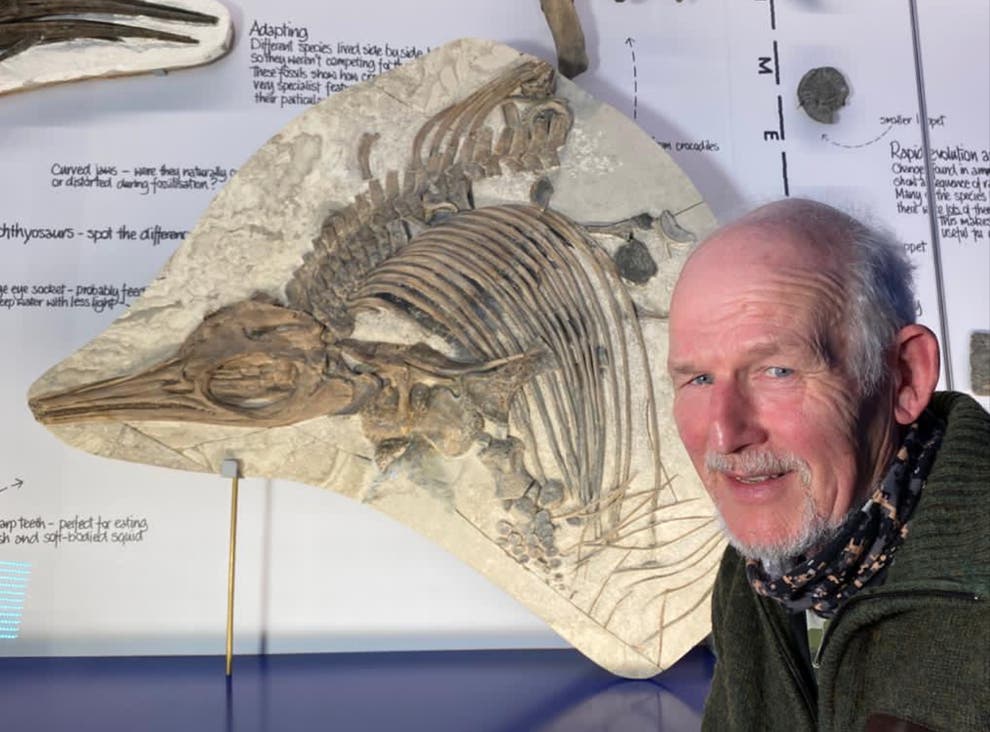In the annals of science, there are moments when silence speaks louder than any cataclysm. This is one such moment. It wasn’t an asteroid, a dying star, or a nascent galaxy that raised the alarm—it was the absence of sound itself. The James Webb Space Telescope, orbiting a million miles from Earth and peering deeper into the cosmos than any instrument before it, was surveying a region thought to be utterly empty: a lifeless void between galaxies, a blind spot on the cosmic map. But what it found there shattered that assumption. In the quietest corner of the universe, the telescope detected a shadow that neither cast nor reflected light—it devoured it. Stranger still, this darkness moved, slowly and deliberately, as if aware it was being watched.
What the telescope captured next forced astrophysicists, cosmologists, and mathematicians to discard established models of reality. This was no comet, pulsar, or black hole. It was something else—something that seemed to think, react, and perhaps even remember. This is the story of what the James Webb Space Telescope uncovered in the depths of space: an object so unnatural in its behavior, so alien to known physics, that scientists began to whisper the unthinkable: what if this doesn’t belong to our universe at all?
It began during a deep-field survey near the Eridanus Supervoid, a vast, enigmatic region known for its cold spots and sparse galaxy density. While calibrating infrared sensors for a galaxy-mapping project, the telescope detected an anomaly: a perfect circle of silence, too symmetrical to be natural, yet too chaotic to be artificial. No light escaped or bent around it—it was as if the universe’s fabric had been interrupted. Imagine dropping ink into still water and watching the water vanish. The data revealed a region not just devoid of matter, but of physical law itself. Initial theories pointed to a new type of black hole, but the mass calculations didn’t align. There were no X-ray emissions or gravitational ripples—just a cold, dark stillness that defied explanation. Over days, the object’s perimeter began to fluctuate, not like an orbiting body, but like something breathing.
Scientists from multiple institutions analyzed the light echoes around the anomaly. The flickers weren’t random; they followed a precise sequence of prime numbers—2, 3, 5, 7, 11—as if the object was signaling. But to whom or what? The signal wasn’t electromagnetic—no radio, infrared, or gamma waves—but a disruption in spacetime itself. The telescope’s sensitive gyroscopes recorded microscopic shifts with each burst, as if something was nudging the very structure of reality. It didn’t just break the rules of astrophysics; it mocked them. Quantum physicists and mathematicians, brought in to study the data, concluded these were not natural pulses but evidence of intent. No known stellar object—not quasars, dark matter clumps, or rogue planets—behaves this way. The precision was surgical, the rhythm unmistakably artificial, suggesting something not just alive, but aware.
Then came a shocking observation. Twenty-seven days after the initial detection, the object shifted—not through space, but across dimensions. It didn’t drift or accelerate; it blinked, reappearing 0.004° from its original position, a minuscule but catastrophic shift. This implied it wasn’t bound by the speed of light or time, resembling quantum entanglement but on the scale of a small moon. Simulations of its movement revealed a spiral pattern pointing toward Earth. By the fourth month, scientists stopped asking if the object was dangerous and began wondering if it was thinking. Geometric patterns around it stabilized into fractal formations, resembling neural pathways rather than celestial structures. These patterns evolved, adapting to the telescope’s sensors in real time, a behavior dubbed “responsive geometry.” Some speculated it might be a dimensional antenna or a living construct, anchored in place, waiting.
An AI trained for alien pattern recognition froze when fed the data, returning a single word: “Recognized.” The implication was chilling—this wasn’t a discovery; it was a response. Further observations revealed a background radiation shift, synchronized with the object’s pulses but delayed, like an echo. Spectral analysis uncovered harmonic layers arranged in nested intervals, like musical chords, dubbed the “song of the void.” These harmonics reacted to the telescope’s movements, suggesting the signal was interactive, as if the object was listening. Mathematicians found the pulses encoded the Lemur prime spiral, a rare mathematical constant, forming a three-dimensional helix nearly identical to human DNA’s double helix. The timing intervals matched genetic codons, hinting that something understood not just our reality, but us.
Then, silence descended. Public data streams from the telescope were delayed, observatory logs vanished, and key scientists stepped away. Press releases turned vague, and emergency meetings involving NASA, the European Space Agency, and private entities like SpaceX and Blue Origin were convened—not because the object posed an immediate threat, but because no one could confirm it hadn’t already arrived. Theories proliferated: was it a probe, a sentry, or a warning? Its appearance coincided with our advanced observational capabilities, suggesting it had either always been there or waited until we could see it. Notably, earlier probes like Voyager and New Horizons detected nothing in this region, implying the object was cloaked or newly arrived.
On the 48th day of observation, just before the telescope shifted focus, the anomaly vanished—no pulses, no distortions, just static. But in its final moments, it left an infrared composite image: a symmetrical, angular shape, like a sigil of nested triangles, circles, and lines. AI confirmed its non-random, recursive structure. Then it was gone. The data remains, as does the silence—and the possibility that whatever this was didn’t leave, but simply stopped letting us see it.
What did the James Webb Space Telescope uncover? A silent watcher in the cosmic dark? A signal for those advanced—or reckless—enough to notice? Or a glitch in reality we weren’t meant to decode? The deeper we peer into the void, the more it seems to respond, transforming from an empty canvas into a mirror. Perhaps something on the other side has noticed us staring back. This discovery transcends space—it’s about what we’re unprepared to comprehend, a conversation with an intelligence using geometry, rhythm, and silence. Is it communicating or warning us? One thing is certain: the telescope didn’t just capture data; it opened a door. What lies behind may redefine not just the universe, but our place in it.
What do you think this was? A cosmic anomaly or something watching us? Share your thoughts below, and if this story made you question what’s out there, like, subscribe, and hit the notification bell for more unsettling discoveries. This isn’t science fiction—it’s science reacting.

